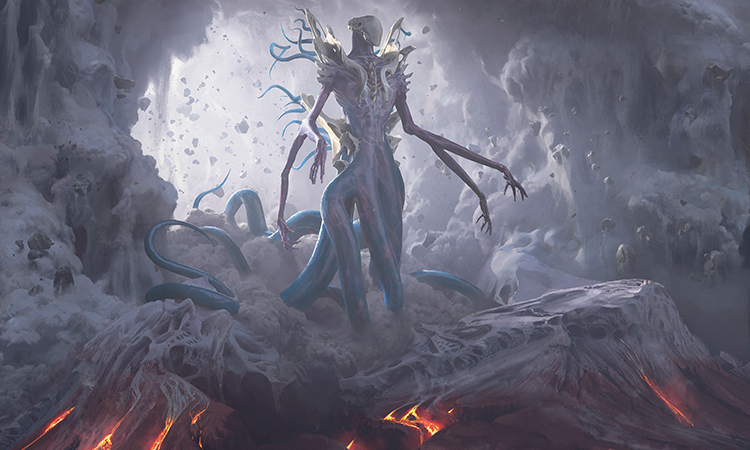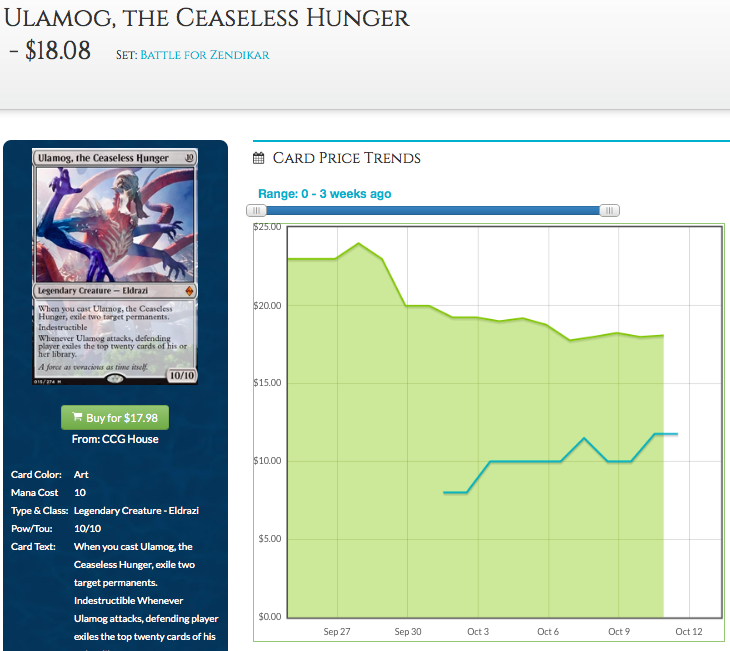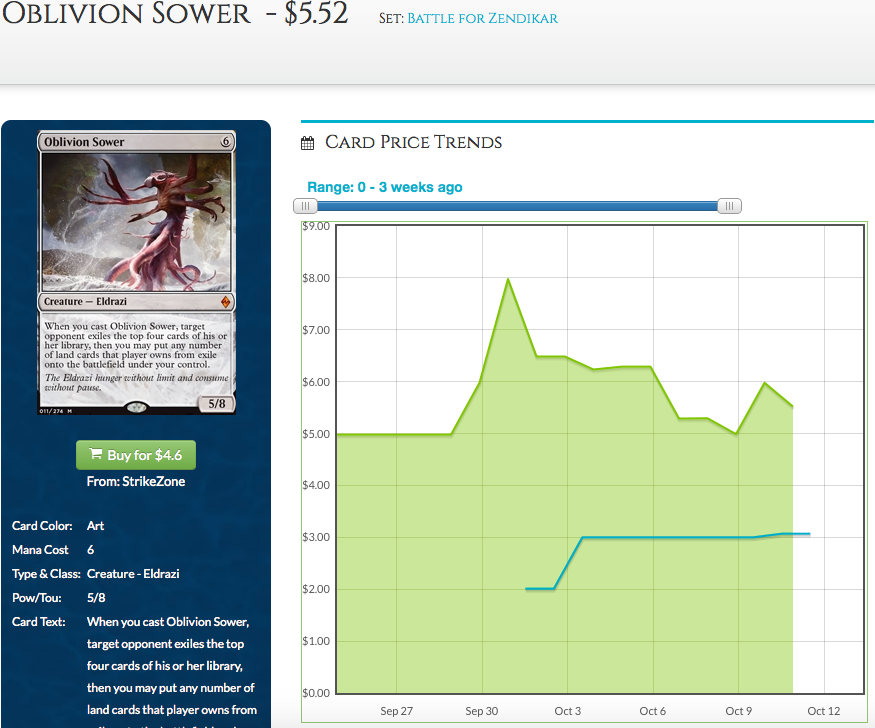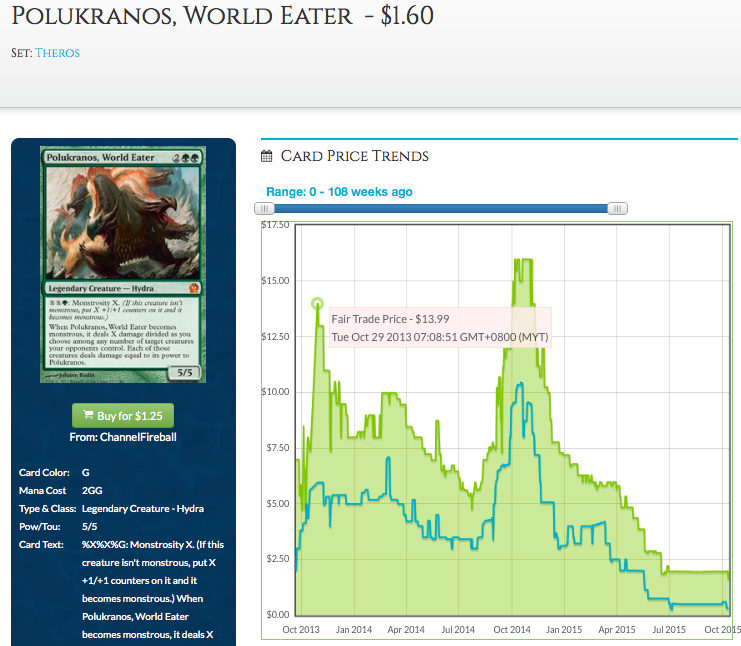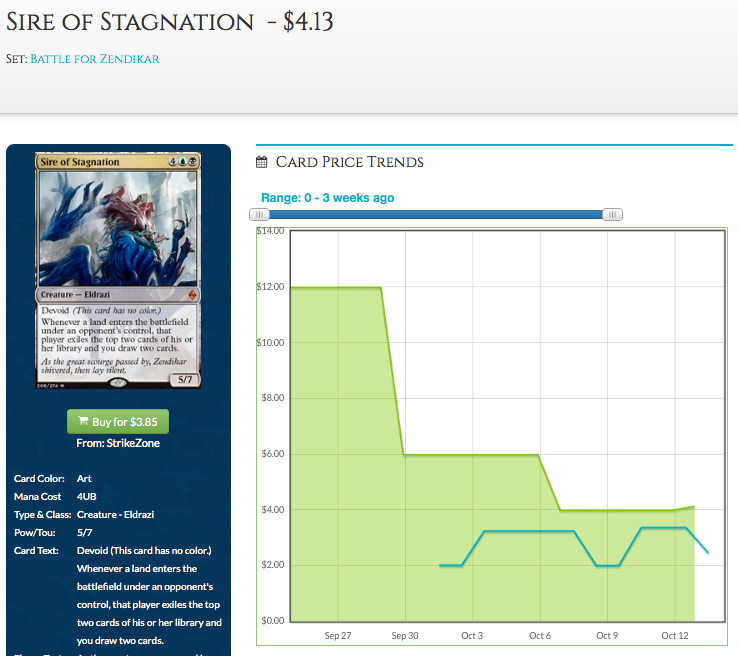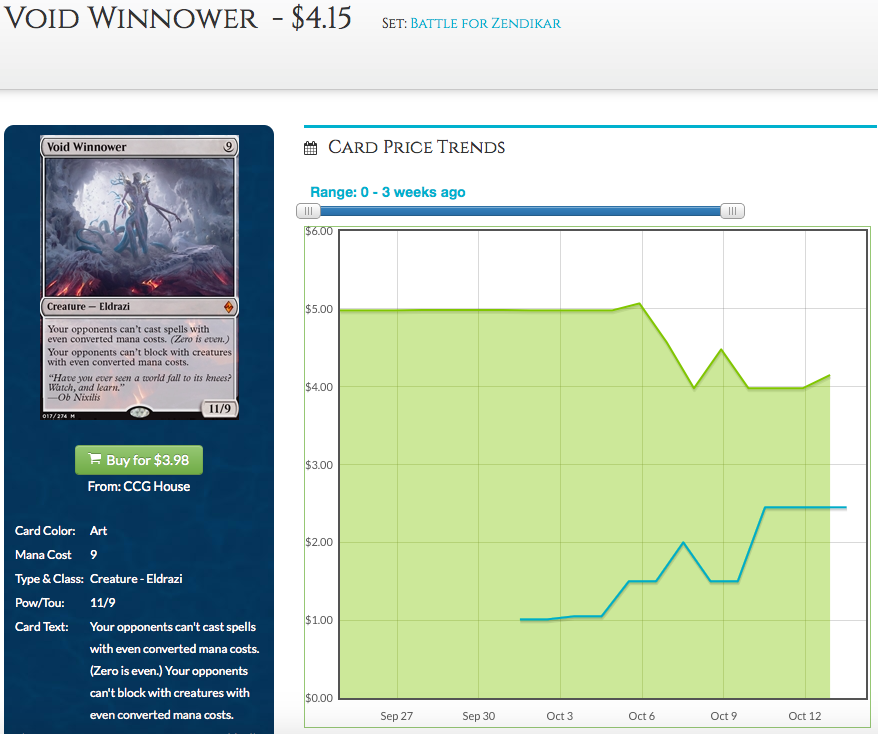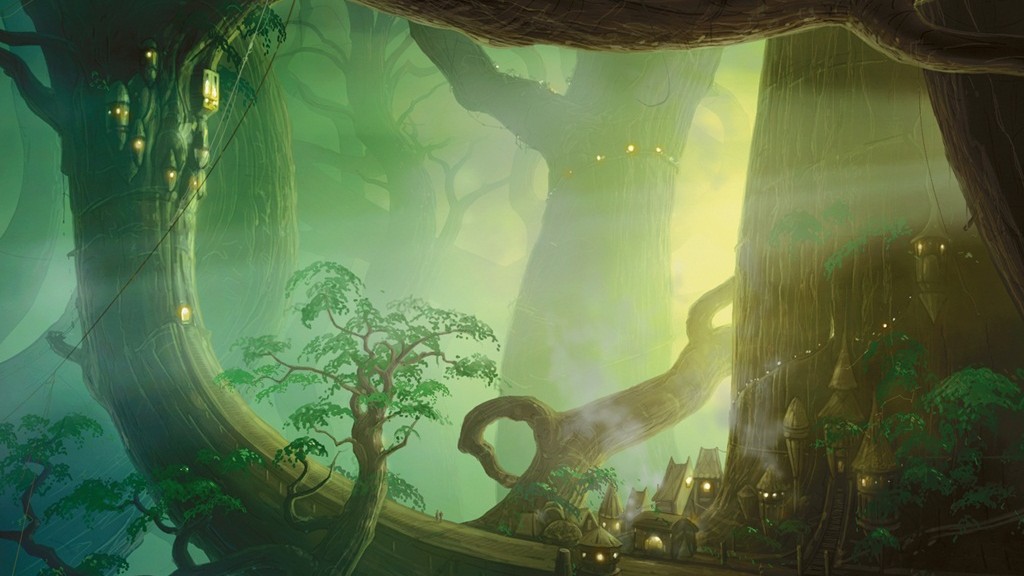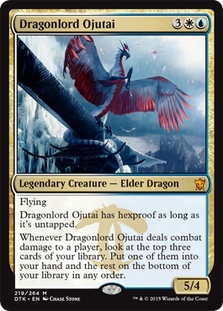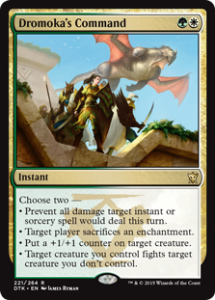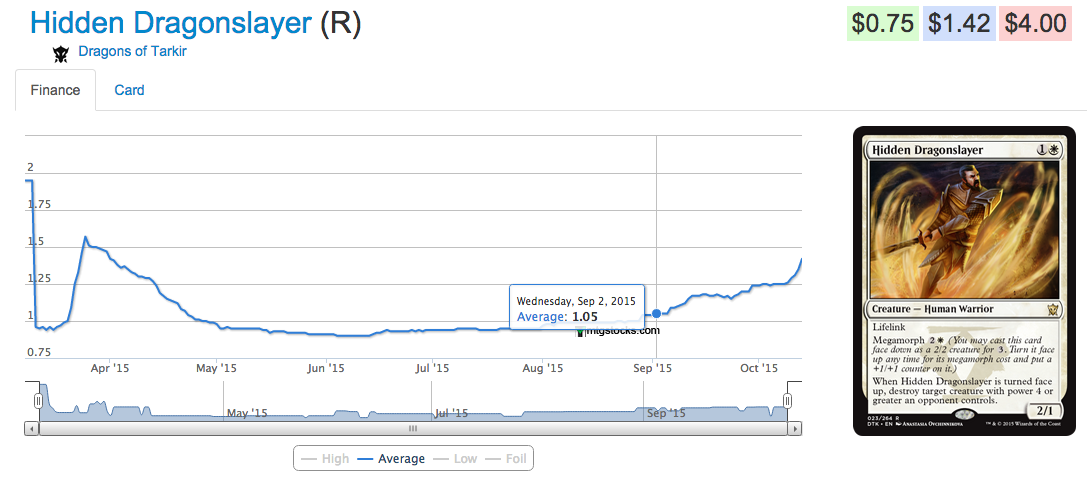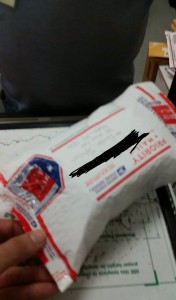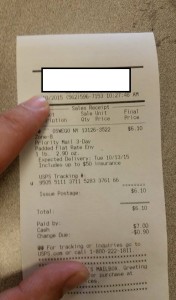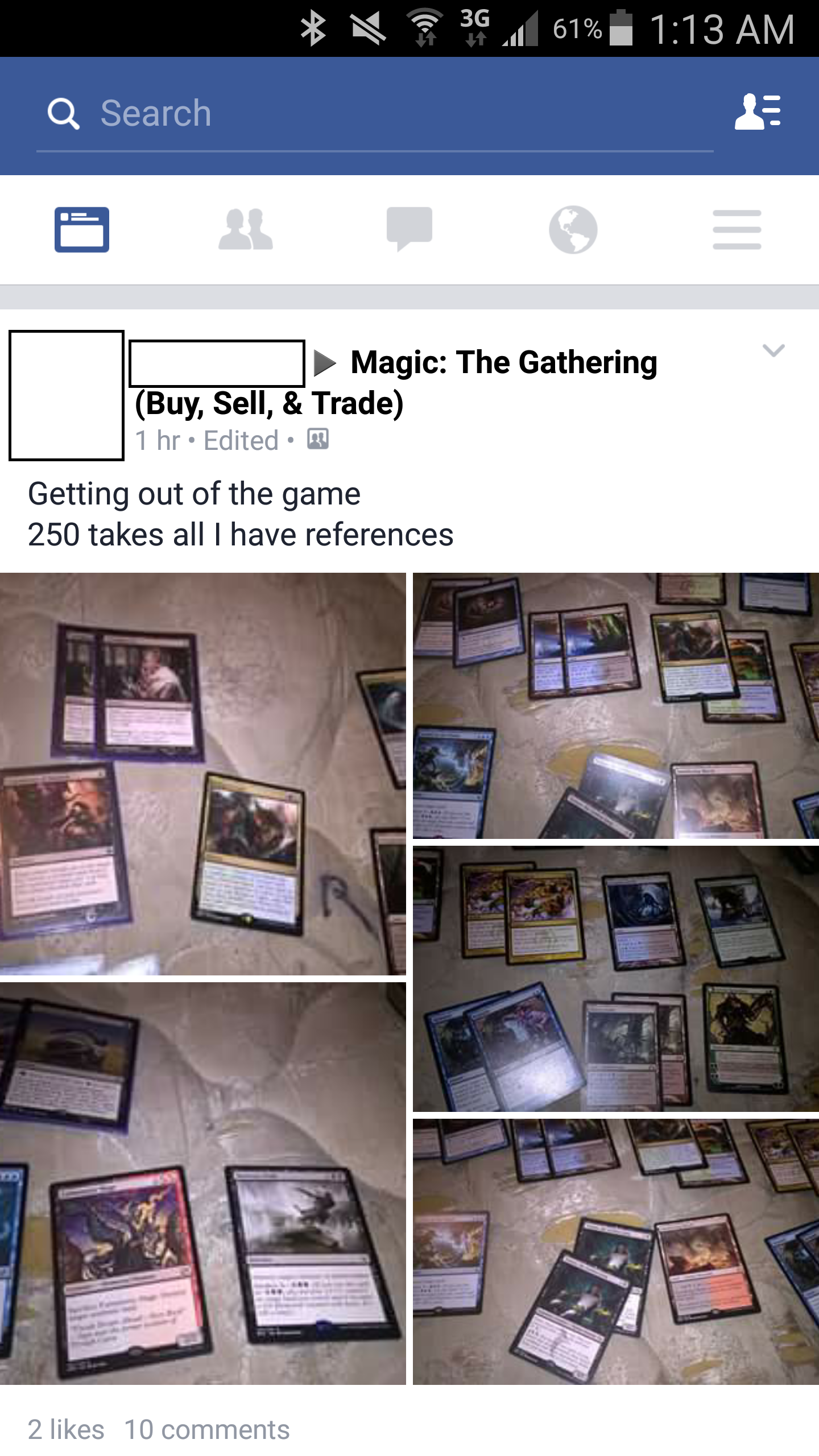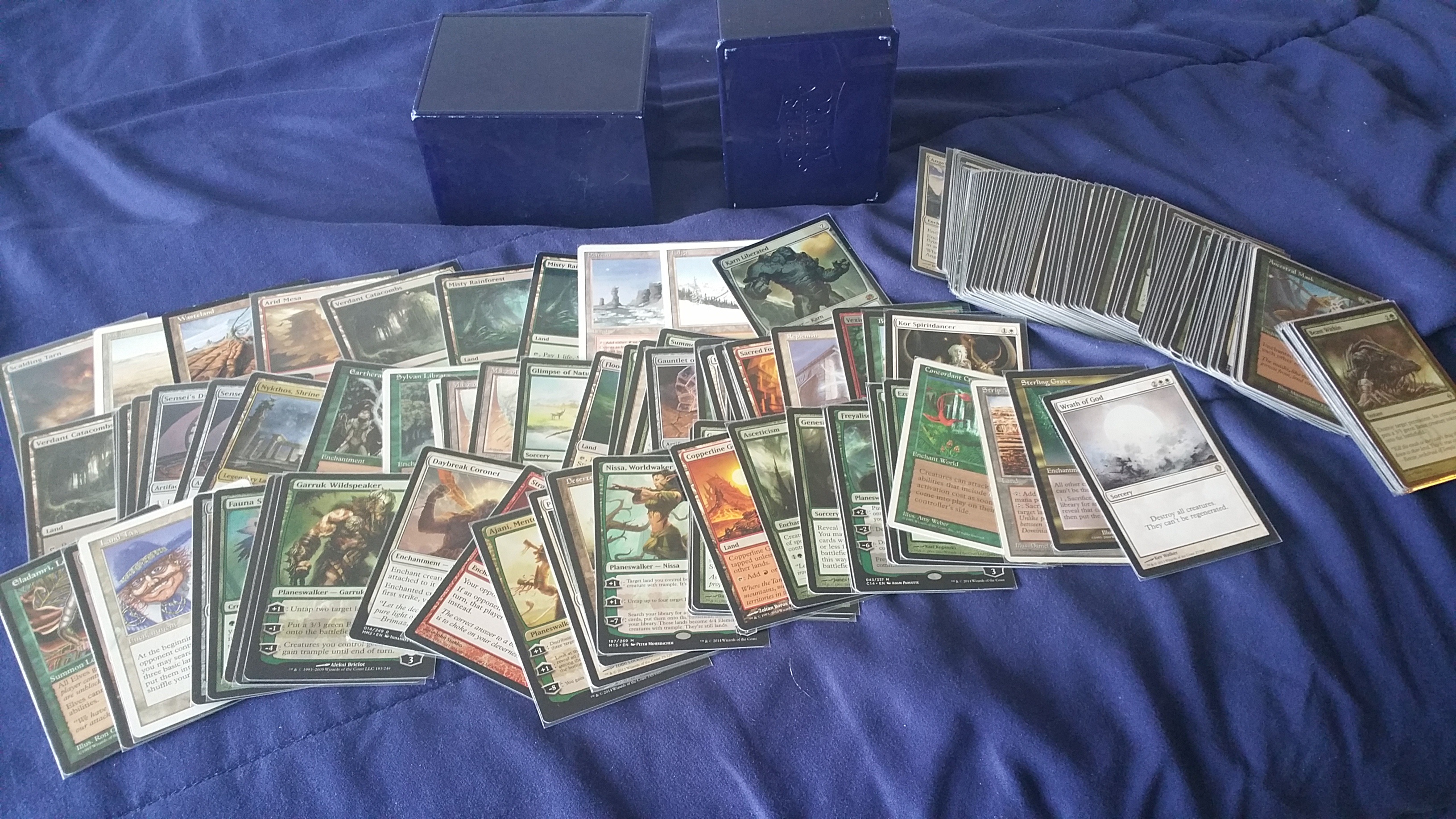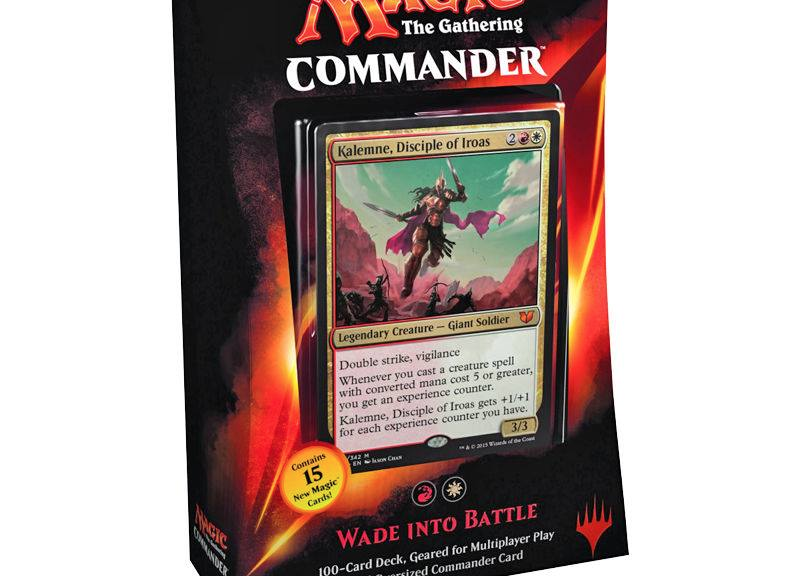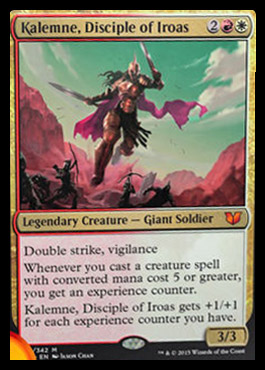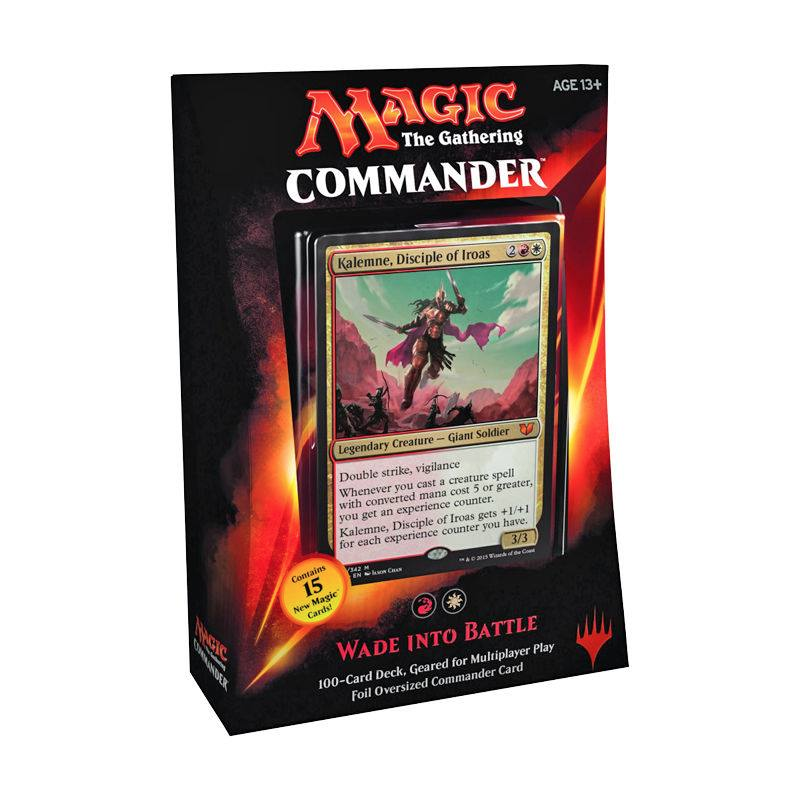By: Guo Heng
It’s not everyday that you find a Hearthstone quote fit for a Magic article title. For Dragons of Tarkir I did an mtgfinance review of the ‘anchor’ cards of the set, the Dragonlords, who were right down my alley as Spike and Vorthos manifested in cardboard form. When it comes to Battle for Zendikar, the marquee cards of the set, the Eldrazi, are the intersection of competitive play and flavor and I am quite excited to be able to put them under an mtgfinance lens.
I started Magic during Urza’s block, where the major antagonist in the Magic storyline was the original Phyrexians, a race of macabre machine-and-flesh organisms hellbent on destroying Dominaria, the backdrop for all the story in Magic back in those days. The Eldrazi bear striking comparison to the original Phyrexians – inexplicable creatures from beyond the plane threatening the very existence of Zendikar. The Eldrazi even use a horde of minion processors and drones to fuel their invasion, and they view creatures as expendable sacrificial fodder for utility.
Enough Vorthos talk, let’s get to the financial side of the Eldrazis. The Battle for Zendikar has been raging for two weeks, but we have yet to see the Eldrazi making an assault on the Standard metagame. There were not a single Eldrazi deck in the top 8 of both StarCityGames Open in Atlanta last weekend and Indianapolis the weekend before. The first Eldrazi presence was detected in Ali Aintdazi’s funky five-color control (not to be confused with Five-Color Bring to Light a.k.a. Eight Rhinos), which finished ninth last weekend) and that wasn’t of much financial relevance as it’s the humble uncommon Catacomb Sifter.
That is not necessarily a bad thing. Two weeks is scarcely enough to solve the metagame, let alone identify the interactions that would go on to define the meta for the next few months. Financially, it translates into hopefully, opportunity. Let’s take a look at the financial potential of the mythic Eldrazis in descending price order according to MTGPrice’s spoiler list, as the Eldrazi descent upon the Standard metagame.
Ulamog 2.0
The sole Eldrazi Titan this time around, Ulamog, the Ceaseless Hunger will undoubtedly be the endgame of any ramp strategy in the current metagame. Even if a tier one ramp deck emerges at the Pro Tour this weekend, I am not optimistic about Ulamog’s ceiling as he is pretty much restricted to ramp decks, unlike multi-archetype stars like Dragonlord Ojutai and Deathmist Raptor. Expect Ulamog to hit $25 briefly (maybe $30 but that’s being very optimistic) if he makes his presence felt at the Pro Tour before crashing down in a few weeks’ time as redemption hits.
Sowing the Seeds of Oblivion
This is a sexy one. I admit, I wasn’t too excited when I first saw Oblivion Sower spoiled for the Duel Deck. Then I played against it last Friday in a Bant ramp brew and I was quite impressed. A decent sized body (blocks Rhino and Tasigur) at six mana that comes attached with an uncounterable ramp spell is a force to be reckoned with in a ramp deck. Unfortunately, being in the Duel Deck significantly limited Sower’s ceiling. Having said that, Polukranos, World Eater spiked briefly after Makahito Mihara made top 8 of Pro Tour Theros with Green Devotion.
Betting on Oblivion Sower at $6 seems like a risky bet. Polukranos fitted in multiple strategies (Devotion and Red-Green Aggro) but Oblivion Sower seems optimal only in ramp strategies as the extra lands Sower nets you is not too useful if you don’t have a large endgame to resolve.
On the other hand, Jeremy (@LengthyXemit) mentioned that Japanese pro player and owner of Hareruya, Tomoharu Saito bought out Oblivion Sower at last weekend’s Grand Prix Madison. For the uninitiated, barring his competitive misdemeanours, Tomoharu Saito is one of the foremost brewers in contemporary Magic and his decks are held in high regards by casuals and pros. Heck, he even has a hashtag for his brews, #SaitoWayFinder. Saito buying out a card is a huge signal for the potential of that card.
Personally, I’m going to take the middle path and aim to complete my own playset of Oblivion Sower before this weekend. Feel free to spec on Oblivion Sower if you have the guts and the resources to spare. Just remember to liquidate your copies quick if Sower becomes a hit at the Pro Tour this weekend.
Consecrated Sphinx 2.0
Sire of Stagnation‘s price is not just stagnant, it is dropping. Starting out at a lofty $12, the Eldrazi Sire could be obtained for just $4 today. Version 2.0 does not necessarily indicates improvement, and Sire of Stagnation is a worse Consecrated Sphinx. Nevertheless, Consecrated Sphinx is from an era bygone, I think Sire may be better than it seems, despite the qualms about the fact that its trigger is under your opponent’s control, mainly because if they don’t have a removal (and burn is pretty bad against Sire with its seven toughness), they are trapped in between a rock and a hard place. Then again, most decks in Standard could function optimally at six mana, so they could easily just sandbag their lands until they draw into a removal.
The only place I can imagine Sire seeing play is in the sideboard of control decks. Sire is not to shabby in the control mirror as your opponent would often want to have much more than just six lands. They’d be forced to waste a removal spell on it. Then again, tapping six mana to cast a durdly creature is not what you want to do in a control mirror.
However tempting a $4 potentially playable mythic looks, I am not optimistic about Sire of Stagnations’s price.
Your Opponent Can’t Even
Siege Rhino, Hangarback Walker, Den Protector, Gideon, Ally of Zendikar, Hidden Dragonslayer, Dromoka’s Command, Valorous Stance, Dig Through Time, Ojutai’s Command, Utter End.
What do the cards above have in common? They are popular cards from the top 8 decks of the previous two weekend’s StarCityGames Open that are hosed by Void Winnower.
I am quite surprised that Void Winnower is languishing at $4. Granted, we have yet to see Void Winnower in a deck with a decent finish. I do think that Void Winnower have the potential to be a player in the current Standard metagame.
The pros of Void Winnower:
- Void Winnower requires very specific answers.
- Unlike Oblivion Sower and Ulamog, the Ceaseless Hunger, you can reap Void Winnower’s full value from a See the Unwritten.
- The Brainstorm Brewery episode from the previous week, which had Craig Wescoe on as guest, saw the crew discuss Void Winnower’s potential as a reanimation target in eternal formats.
The cons of Void Winnower:
- Void may be overshadowed by Ulamog in Standard as Ulamog only costs one more mana. Then again Ulamog is easier to answer (though it does set your opponent back in board position) and Winnower may just be ran alongside Ulamog.
Void Winnower is one-of-a-kind, and cards like these tend to either be really cheap as it sees no play, or be quite expensive when its true potential is discovered during testing. I am on the side that Void Winnower is undervalued at $4. In Standard, Void Winnower is a hard to answer threat that turns the tides upon resolution and is the only Eldrazi that synergises with See the Unwritten. More importantly, a mythic rare at $4 requires just a little push for it to spike. I wouldn’t buy a horde of Void Winnowers. I am aiming to pick up a few more copies this week in trade and cash.
Thank you once again for reading. Share your thoughts in the comments segment below, or catch me on Twitter at @theguoheng.
